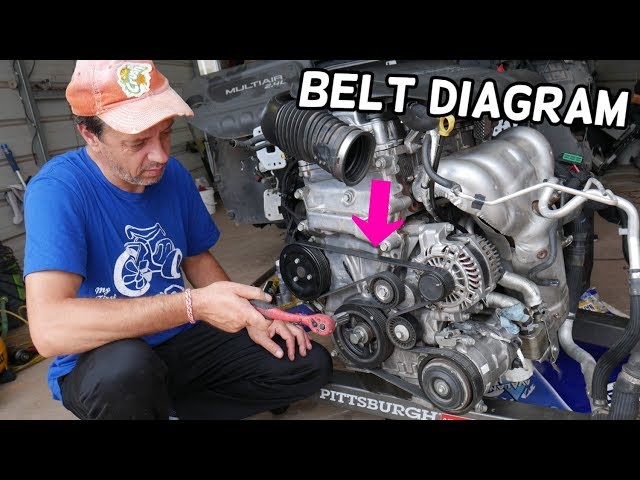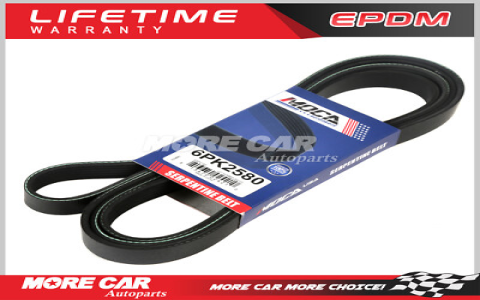The serpentine belt system in the 2013 Chrysler 200 drives critical accessories like the alternator, water pump, and power steering pump. A malfunctioning belt can lead to engine overheating or failure. Troubleshooting using the correct routing diagram ensures accurate diagnosis and repair.
Common Belt Issues
Key symptoms indicating belt problems include:
- Squealing or chirping noises during engine operation
- Visible cracks, fraying, or glazing on the belt surface
- Belt slippage or complete detachment, causing accessory failure
- Uneven wear patterns from improper tension or alignment
Importance of Correct Routing Diagram
The routing diagram specifies the exact path over pulleys and components, preventing misalignment. For the 2013 Chrysler 200, it typically follows a specific configuration involving the crankshaft, idler pulleys, and tensioner assembly. Refer to the vehicle's service manual for the authorized diagram to avoid installation errors.

Step-by-Step Troubleshooting Guide
1. Initial Inspection
Turn off the engine and open the hood. Locate the serpentine belt near the front of the engine. Visually inspect for damage such as cracks or wear. Check tensioner arm movement; excessive play indicates issues.
2. Using the Routing Diagram
- Obtain the verified routing diagram from official sources like Chrysler service documentation
- Compare the diagram to the actual belt path: verify each pulley contact point, including crank pulley, alternator, and tensioner position
- Identify discrepancies like inverted routing or wrong pulley engagement that cause noise or wear
3. Diagnose and Resolve
If misaligned, adjust tensioner setting as per diagram. Replace the belt if damaged with a Chrysler-recommended part to match specifications. Test after repair by running the engine for signs of recurrence.

Professional Precautions
Always ensure engine is cool before inspection to avoid burns. Replace belts every 60,000-100,000 miles or sooner if symptoms arise. Verify tensioner functionality; a faulty tensioner requires immediate replacement to prevent belt failure.

